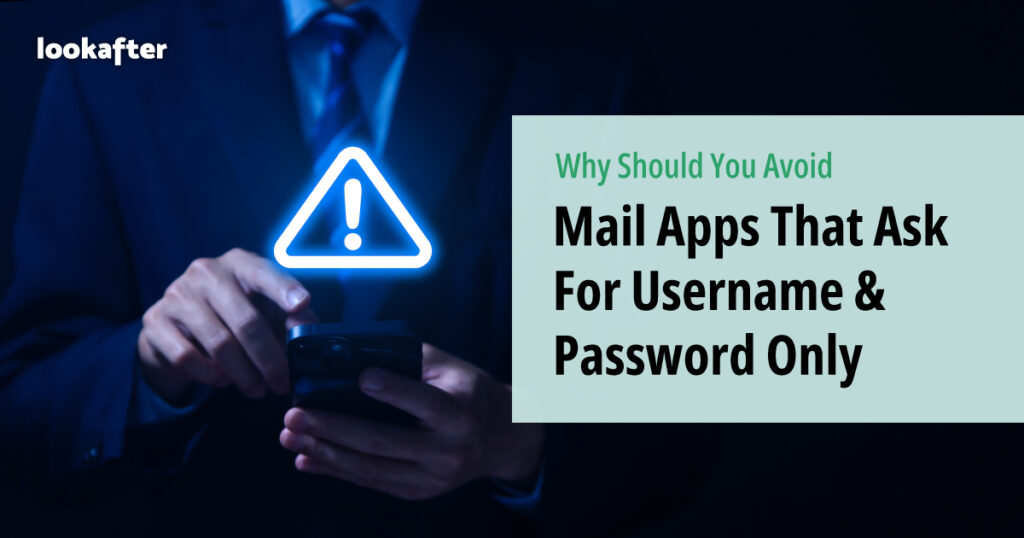Home > Empowering Tips > Avoiding Mail Apps That Asks for Username and Password Only

In today’s interconnected world, email remains an essential tool for communication. With an excessive amount of mail applications and software available, it is essential to be cautious when entrusting our sensitive data to any application. While convenience is a priority, simply providing your username and password to a mail app can be a risky proposition.
In this article, we’ll dive into the reasons why mail apps should demand more than just your password for secure access to your email account.
The risks of using mail app that asks for username and password only
The Missing Link: Mail Server and Port Numbers
Mail apps that request only your username and password may appear to streamline the setup process. However, they overlook the crucial step of specifying the mail server and port numbers associated with your email provider. These details are necessary for establishing a secure connection with your email service, ensuring the confidentiality and integrity of your communications.
Phishing and Impersonation Risks
By omitting the requirement for mail server information, these mail apps inadvertently mimic the tactics of phishing attacks. Phishing emails and fake applications can deceive unsuspecting users into revealing their login credentials willingly. Such a scenario grants unauthorized access to cybercriminals who may exploit your account for various malicious purposes, including identity theft and spam propagation.
Vulnerability to Man-in-the-Middle Attacks
Mail apps that neglect to ask for server details expose users to man-in-the-middle attacks. In these attacks, malicious actors intercept communication between the app and the email server, potentially gaining unauthorized access to sensitive data. This interception can happen without your knowledge, leaving you vulnerable to data theft and privacy breaches.
Data Privacy and Storage Concerns
Reputable mail apps prioritize user privacy and data protection. Unfortunately, mail apps that only ask for your username and password may compromise your data by storing your login credentials on their servers. This lack of transparency raises concerns about how your information is handled and whether it is adequately protected against potential security breaches.
Compatibility and Functionality Issues
Different email providers use distinct mail servers and port numbers. Failing to request this information may lead to compatibility and functionality problems for the mail app. Users might experience difficulties in sending or receiving emails, undermining the app’s usefulness and causing frustration.
Tips to choosing a safe mail app
While the appeal of a password-only setup might seem enticing, it poses significant security risks. Protecting your email account is crucial, and opting for trusted mail apps that follow standard authentication practices is crucial.
Here are some tips for choosing a trusted mail app:
- Only download mail apps from trusted sources. This includes reputable websites, app stores, and software repositories.
- Only use mail apps that ask for username, password, mail server and port numbers. Mail apps that only request for username and password pose significant risks to your email account and data.
- Avoid using mail apps that do not provide SSL compatibility. SSL/TLS/STARTTLS encryption is a fundamental security protocol that protects your data from being intercepted and read by unauthorized third parties. Mail apps that do not provide SSL compatibility can expose you to security risks.
- Read the reviews of mail apps before you download them. This can help you to see what other people have said about the application and whether or not it is safe to use.
- Before installing the app, review the permissions it requests. Ensure that the app only asks for necessary permissions related to its core functionality. Be cautious if the app requests access to unrelated features or data.
- Verify that the app receives regular updates and bug fixes. Frequent updates indicate that the developers are actively maintaining and improving the app’s security.
- Pay attention to the app’s behaviour after installation. Be wary of any suspicious activities, such as unexpected data usage or requests for additional personal information.